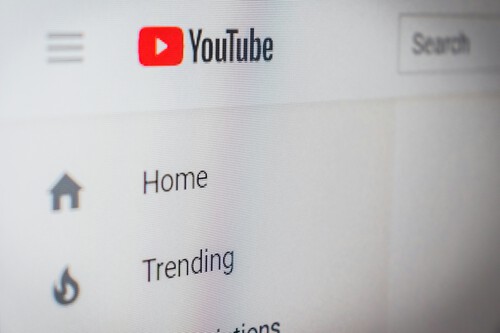Until now, those who wanted to avoid ads on YouTube had two options. The first was to pay for a YouTube Premium subscription, which costs $13.99 per month. The second option was to use tools like ad blockers to prevent these ads from appearing. However, Google has taken measures to eliminate this second option.
Black screens and interruptions. Users on Reddit and the Brave forum have reported issues when using the Brave browser, which includes an ad blocker, and similar tools while visiting YouTube. Posters noted that videos often display a completely black screen during the pre-roll ads (the ads that appear before the video starts) when the page is first loaded. Additionally, YouTube shows a warning message that reads, “Experiencing interruptions?” along with a link to its support site.

Disable ad blockers. On the support page, the company advises that users affected by these problems should “check whether [their] browser extensions that block ads are affecting video playback.”
Browse in incognito mode. Another recommendation is to “try opening YouTube in an incognito window with all extensions disabled and check if the issue continues.” In my tests with the Brave browser, I didn’t encounter these messages or see them while using Firefox with the uBlock Origin extension.
Cat and mouse. YouTube has been working to combat the use of ad blockers for some time, but developers of these tools tend to respond quickly to Google’s measures. Some suggest that these issues may be limited to user accounts that have previously been detected using ad blockers. In my tests, I wasn’t logged in, which supports this theory.
Netflix comparisons. Comparisons with other streaming platforms are inevitable, though the differences are clear. Netflix has achieved significant success with its ad-supported plan, while Prime Video has struggled. A few months ago, Prime Video indicated plans to increase advertising, and it has now confirmed it’ll double it.
Ads are the future. YouTube provides free content supported by ads, and its business model is similar to that of other Google services. However, the key difference is that users generate the content. YouTube is merely the platform connecting creators with viewers.
Advertising benefits both parties, given that the ads help compensate creators. Still, the increasing intensity of advertising on YouTube is making the viewing experience more frustrating. The alternative is to pay $13.99 per month for YouTube Premium.
YouTube Premium Lite. Google’s strategy has become clearer with the introduction of YouTube Premium Lite. The main advantage is that most videos won’t have ads. However, it lacks features such as downloading videos for offline viewing and background playback. This new subscription option represents a middle ground but also raises concerns about the likelihood of more ads in the future.
Images | Christian Wiediger | Google
Related | YouTube Turns 20: From a 19-Second Video at a Zoo to a Global Media Powerhouse




View 0 comments